Are you losing appetite because of the rising temperatures? In times like this, have something cold to eat! Restaurants in Japan have begun adding cold foods to their menus as summer approaches. Many of these foods are noodle dishes, such as somen, udon, and hiyashi chuka. Keep reading to learn more about these yummy and popular Japanese summer foods!
Japanese Dishes to Beat the Heat
During summertime, noodles are a common item on the menu of many Japanese restaurants; even ramen places will start selling cold ramen for a limited time! It is unclear when the Japanese developed the habit of eating chilled noodles under hot weather, but among all the varieties of cold noodle dishes, hiyashi chuka, nagashi somen, and cold udon are the most popular.
Hiyashi Chuka
Hiyashi chuka is a common dish in Japanese restaurants and homes, prepared by putting toppings like finely chopped egg, cucumber, and ham on ramen noodles, and then drizzling on a special dressing. Not only is it delicious, it is also easy to prepare and rich in taste, thus earning favor with many people. Fun fact: though the name literally means "chilled Chinese noodles", it is 100% developed in Japan!
Nagashi Somen
Originating in the Takachiho region of Miyazaki, nagashi somen is a fun dish where you have to try catching somen noodles flowing down a current of water with chopsticks. It is both tasty and fun to eat, which was why it quickly spread to other parts of Japan as a summer activity. Nowadays, even though the authentic version with a bamboo chute is hard to come by, nagashi somen machines are just as entertaining and much favored by families.
Cold Udon
Cold udon, a simple Japanese summer delicacy, is prepared by cooling down cooked udon noodles with iced water, and then serving them with dipping sauce or a special soy sauce. It can be traced back to the Muromachi period, roughly 500 - 600 years ago. The ingredients and way of eating vary from region to region, and some types of udon are more suitable for making cold udon than the others. Read on for more details!
Common Udon Types and Recommended Eating Methods
Japanese people's love of udon noodles can be seen from the diversity of udon developed in different regions, and they all come with their own characteristics, preparation methods, and thicknesses. While all udon noodles can be made into cold udon, the following three are most commonly used.
Sanuki Udon
Sanuki udon, a specialty of Kagawa Prefecture, is immensely popular in Japan and listed as one of the three major Japanese udon types. It is characterized by its thickness and chewiness. Sanuki udon tastes great no matter served hot or cold.
Inaniwa Udon
Inaniwa udon is one of the top three udon noodles as well. It is thin and flat, and contrary to Sanuki udon, it is much more favored by common households than restaurants. Interestingly, it is hand-pulled like regular noodles—unlike other udon noodles—and the smooth texture makes it especially suitable to be served cold.
Himi Udon
Himi udon from Toyama was once called "string udon". It resembles somen, but instead of being hand-pulled, it is kneaded and cut into thin strands. It is more chewy than Inaniwa udon. Due to its thinness, Himi udon is usually eaten as dipping noodles, even though it tastes just as good in soup!
Cold Udon Restaurant Recommendations
All things said, where exactly are Japan's delicious chilled noodles at? Let's take a look at the restaurants serving cold udon listed below!
Ampuku Ikebukuro
Ampuku Ikebukuro's chef knows just what the locals like, and is able to create a Japanese broth that captures their hearts and stomachs. The broth and the springy udon together make a perfect combination with an unforgettably amazing taste. All their ingredients are carefully sourced and prepared, and much effort is put into each and every bowl of cold udon before it is served on the table.
The restaurant offers more than just udon – there are other creative delicacies on the menu waiting to be paired with fine wine. We suggest you to start with their unique and popular Tofu French Fries, which are healthy and go particularly well with ketchup.
Ampuku Ikebukuro
Open:
[Weekdays] Lunch: 11:00 - 15:00 (Last order: 14:30) / Dinner: 17:00 - 00:00 (Last order: 23:00)[Saturday, Sunday, National Holidays] Lunch: 11:00 - 16:00 (Last order: 15:30) / Dinner: 17:00 - 00:00 (Last order: 23:00)Closed:
IrregularAverage price:
[Dinner] 1,800 JPY / [Lunch] 1,000 JPYAccess:
Five minute walk from JR, Tokyo Metro, Seibu Ikebukuro Line, & Tobu-Tojo Line Ikebukuro Station West ExitAddress:
JP Bldg. 1F, 1-37-8 Nishi Ikebukuro , Toshima-ku, Tokyo MapMore Details Reservation Teuchi Udon Kotobukian
Located in Saitama, Teuchi Udon Kotobukian is a restaurant established by udon expert Hisashi Hasumi. He uses only the best flour and natural salt, and kneads them into udon noodles on the spot. You are unlikely to find another place with udon that has such a chewy texture and strong wheat flour aroma.
Their udon noodles are made on the same day as they are served, so you can always enjoy them at their best. Their signature item is the Tempura Trio Bukkake Udon, a testimony to their skills and the quality ingredients. Another recommended item would be the Nikuziru Udon, overflowing with toppings, which can be eaten hot or cold.
Teuchi Udon Kotobukian
Open: [Tuesday - Sunday, National Holidays] Dinner 6:00 pm - 9:00 pm (L.O. 8:30 pm)
*Open if it coincides with a public holiday
[Saturday, Sunday, National Holidays] Lunch 11:00 am - 3:00 pm (L.O. 2:30 pm)
[Tuesday - Friday] Lunch 11:30 am - 3:00 pm (L.O. 2:30 pm)
Closed:
Monday, TuesdayAverage price:
[Dinner] 2,000 JPY / [Lunch] 1,000 JPYAccess:
From the west exit of Toro station turn right towards Saitama Resona Bank, continue along the side road next to Osato Elementary School. Turn right at the 5-road intersection and it is next to the Family Mart.Address:
1F Grand Premier , 167-1 Hongo-cho, Kita-ku, Saitama, Saitama MapMore Details Reservation Disclaimer: All information is accurate at time of publication.

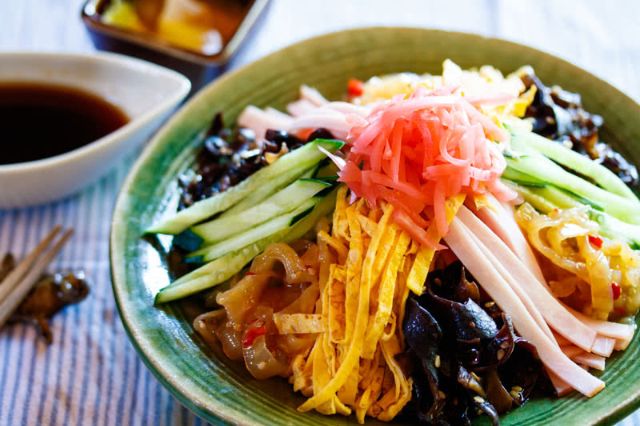
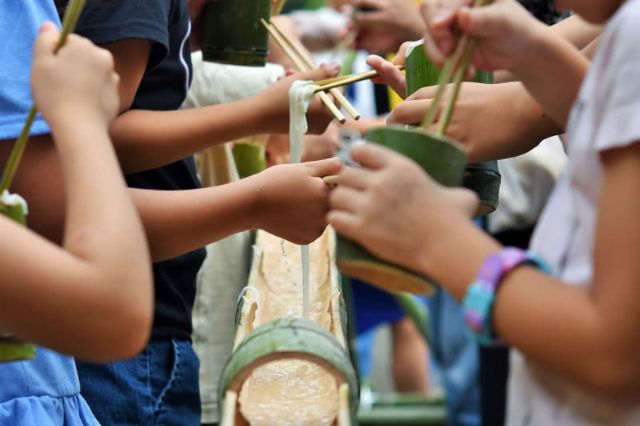
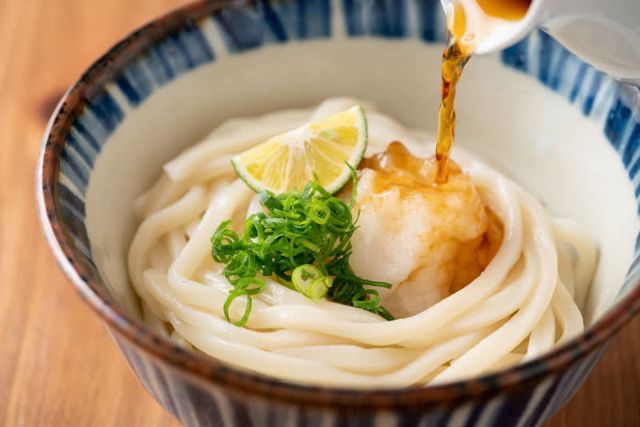
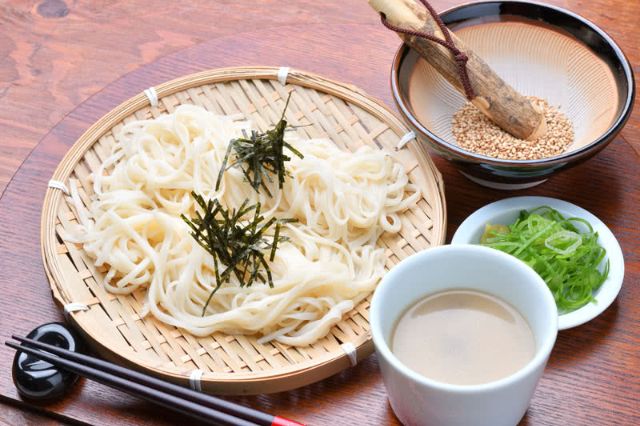
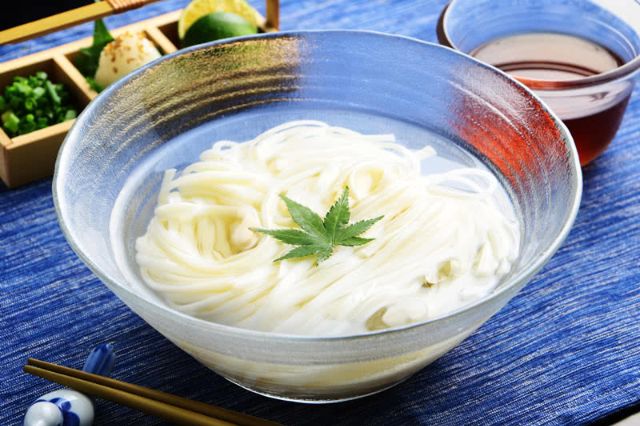
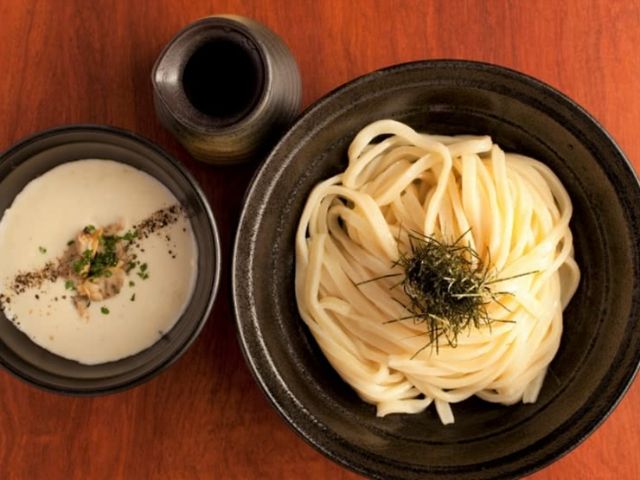
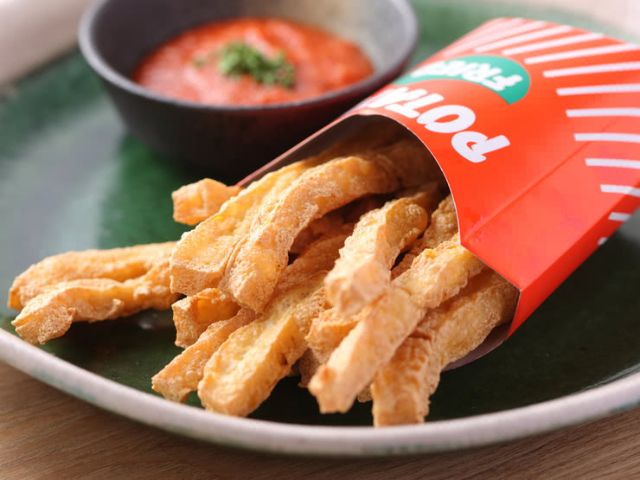
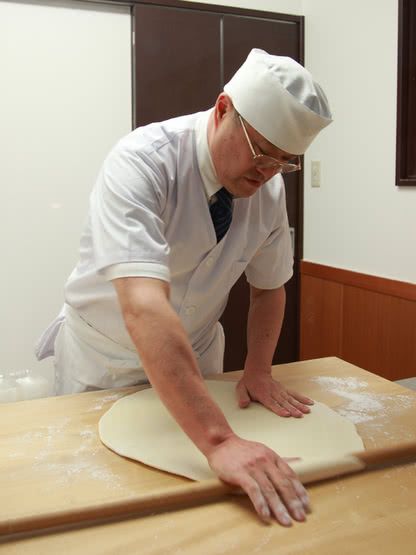
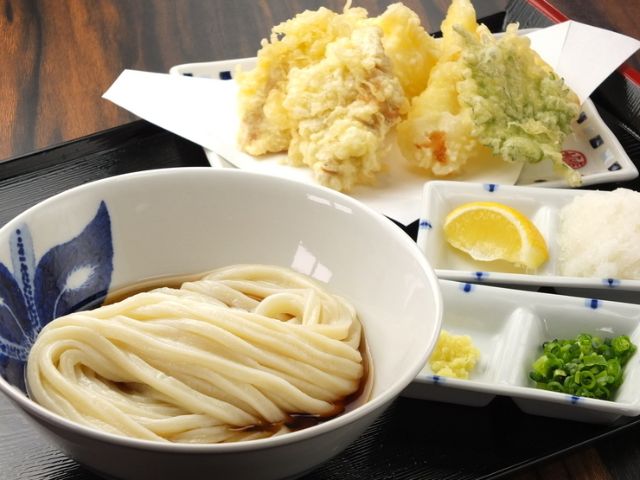









![Azabudai Hills [SUMI] (Janu Tokyo) ~ Editor's Afterword by the Editor-in-Chief of Japan's Gourmet Site](/gg/content_image//image/discover_oishii_japan/6536/article_head_150x105z.jpg)









